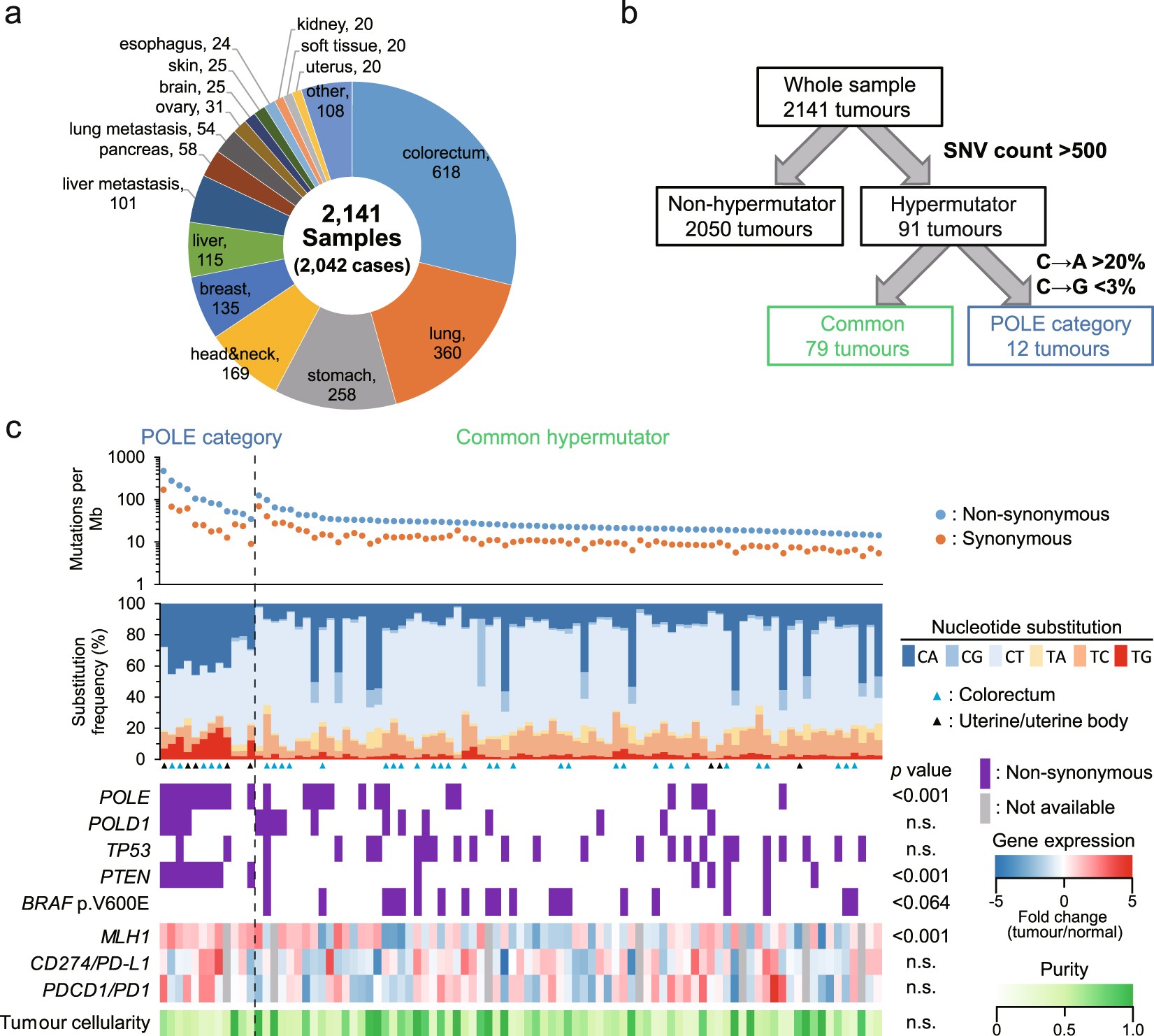Cp Dp Cp Torrent

Abstract Boswellia sacra (Burseraceae), a keystone endemic species, is famous for the production of fragrant oleo-gum resin. However, the genetic make-up especially the genomic information about chloroplast is still unknown. Here, we described for the first time the chloroplast (cp) genome of B. The complete cp sequence revealed a circular genome of 160,543 bp size with 37.61% GC content. The cp genome is a typical quadripartite chloroplast structure with inverted repeats (IRs 26,763 bp) separated by small single copy (SSC; 18,962 bp) and large single copy (LSC; 88,055 bp) regions.
De novo assembly and annotation showed the presence of 114 unique genes with 83 protein-coding regions. The phylogenetic analysis revealed that the B. Sacra cp genome is closely related to the cp genome of Azadirachta indica and Citrus sinensis, while most of the syntenic differences were found in the non-coding regions. The pairwise distance among 76 shared genes of B. Indica was highest for atpA, rpl2, rps12 and ycf1.
The cp genome of B. Sacra reveals a novel genome, which could be used for further studied to understand its diversity, taxonomy and phylogeny. Citation: Khan AL, Al-Harrasi A, Asaf S, Park CE, Park G-S, Khan AR, et al.
(2017) The First Chloroplast Genome Sequence of Boswellia sacra, a Resin-Producing Plant in Oman. PLoS ONE 12(1): e0169794. Editor: Xiu-Qing Li, Agriculture and Agri-Food Canada, CANADA Received: July 7, 2016; Accepted: December 21, 2016; Published: January 13, 2017 Copyright: © 2017 Khan et al.  This is an open access article distributed under the terms of the, which permits unrestricted use, distribution, and reproduction in any medium, provided the original author and source are credited.
This is an open access article distributed under the terms of the, which permits unrestricted use, distribution, and reproduction in any medium, provided the original author and source are credited.
Data Availability: All relevant data are within the paper and its Supporting Information files. Chloroplast genome is deposited at GenBank of NCBI with acession no. Funding: This work was supported by the Oman Research Council (EBR/15/007).
Pornleech.is is a torrent site dedicated to providing users with a place to share porn videos, galleries, and games. This site only has porn, so you don't have to.
The funders had no role in study design, data collection and analysis, decision to publish, or preparation of the manuscript. Competing interests: The authors have declared that no competing interests exist.
Introduction A major distinguishing organelle of plant cells is the chloroplast, which was suggested to have originated from cyanobacteria through endosymbiosis [–]. The main role and function of the chloroplast is to perform photosynthesis and generate the building blocks required for plant growth and development [,]. Chloroplasts also participate in the biosynthesis of starch, fatty acids, pigments and amino acids []. Until recently, approximately 490 complete chloroplast (cp) genomes have been sequenced, and this information is publicly available ( genome). Most of these assembled genomes are associated with economically important crop plants []. Chloroplast genome analysis and engineering, either alone or in combination with traditional breeding techniques, might provide information for the future development of novel plant sources to counteract various environmental stress tolerance issues and improve the level of human-derived benefits from the target plant [].
The techniques might also provide information to improve the current understanding of major biosynthesis pathways and functions. The chloroplast (cp) genome contains important information in plant systematics and is maternally inherited in most angiosperms []. Thus, understanding these highly conserved structures could also reveal vital features for designing genetic markers. Chloroplasts contain circular DNA with nearly 130 genes ranging in size from 72–217 kb [–]. Chloroplast DNA (cpDNA) is remarkably conserved in gene content and structure, envisaging important information for genome-wide studies of plant evolution []. Recent studies, using advanced genome sequencing techniques, have improved the prospects for resolving phylogenetic homogeneity at taxonomic levels and have enhanced the current understanding of the structural and functional evolution of economically important plants and their traits [–].

In the last decade, numerous studies have reported the results of chloroplast genome sequencing for economically and ecologically important tree species, such as Eucommia ulmoides [], Poplus cathayana [], Quercus spinosa [], Acacia ligulata [], Pinus armandii [], Cocos nucifera [], Citrus aurantiifolia [], Musa acuminata [], Norway spruce [], etc. The elucidation of the chloroplast genomes of important tree species has facilitated to understand the evaluation of gene structure and has targeted conservation and propagation strategies [–]. To understand the genome structure of chloroplasts, we have investigated the economically and culturally important frankincense-producing tree ( Boswellia sacra; Burseraceae) [].